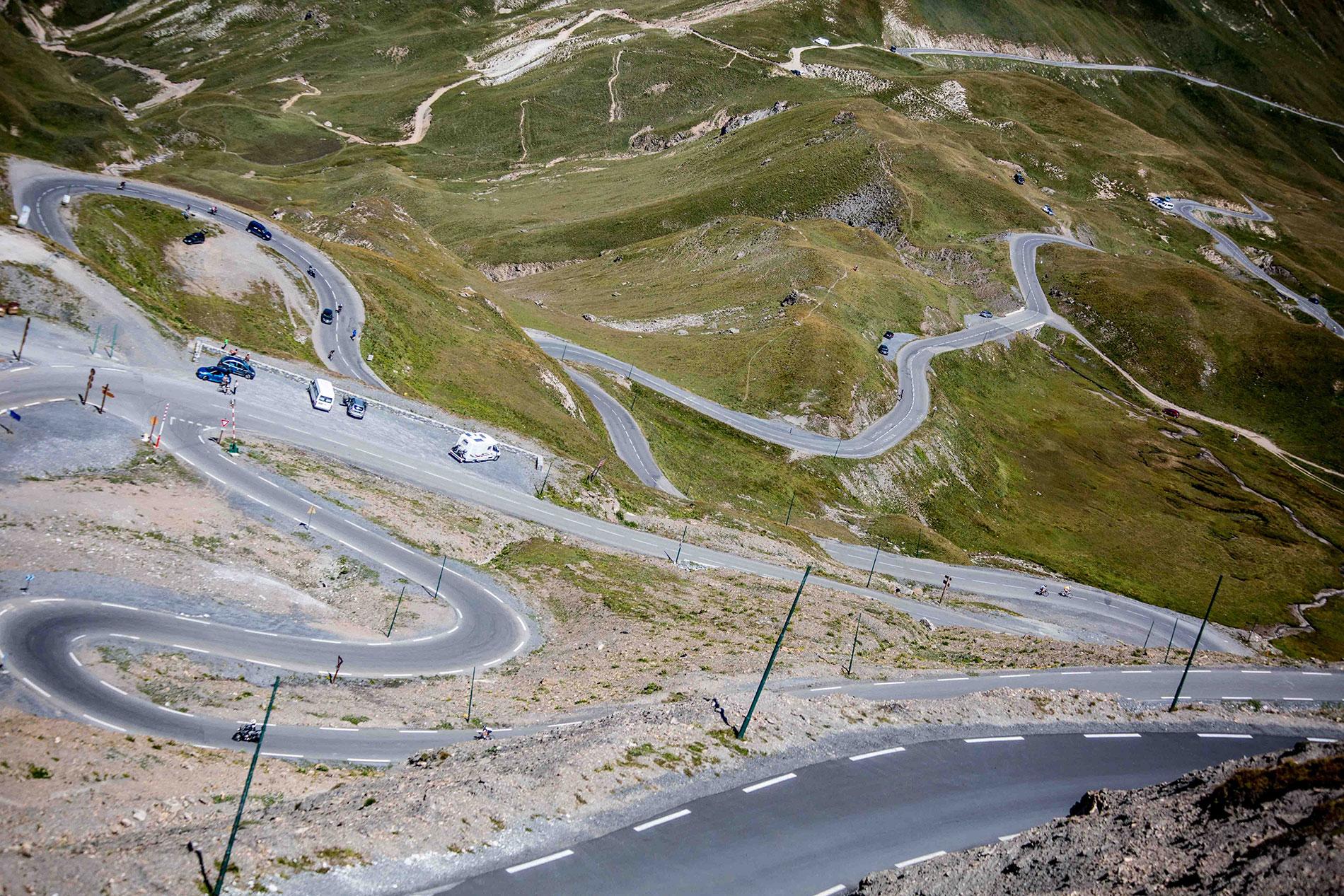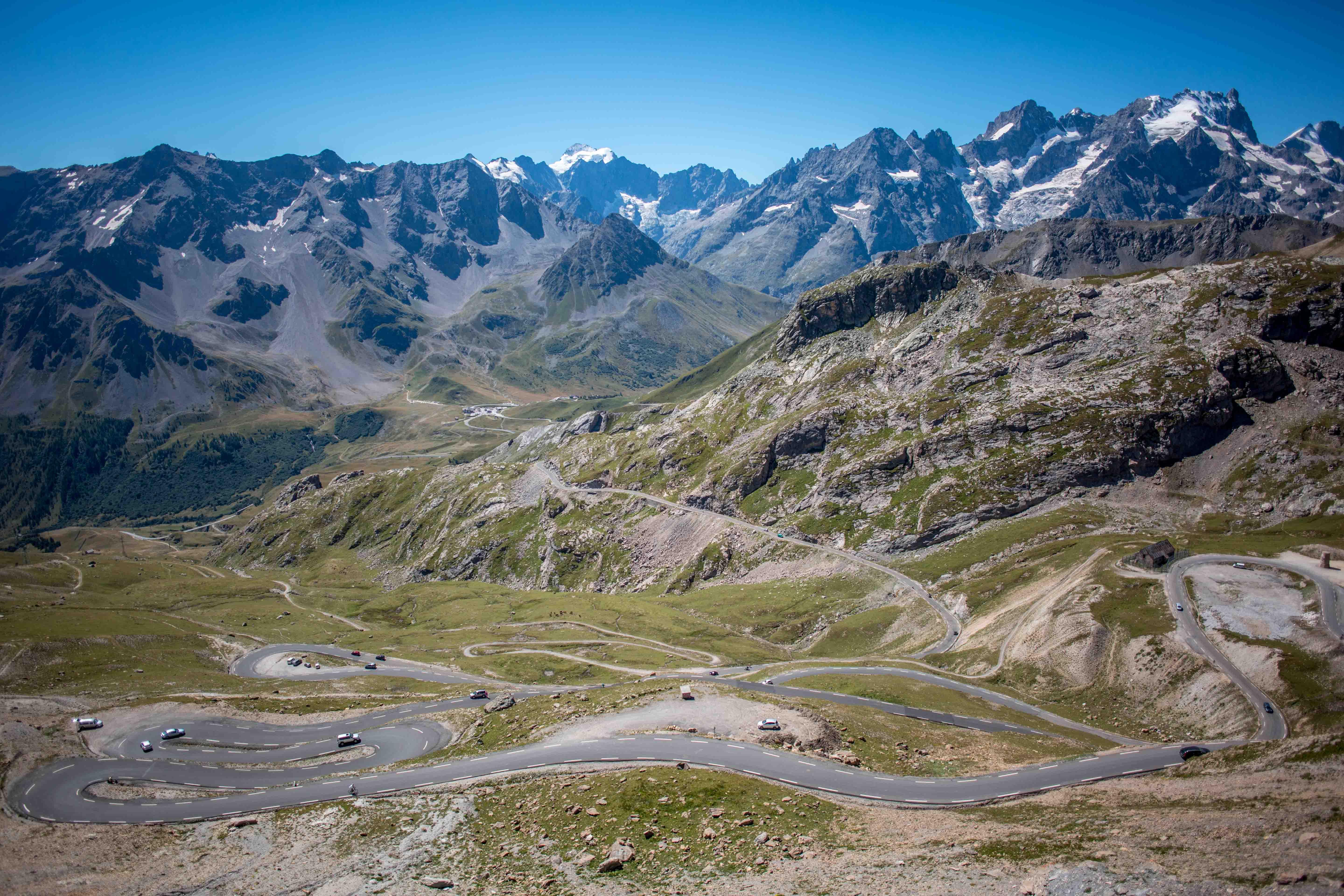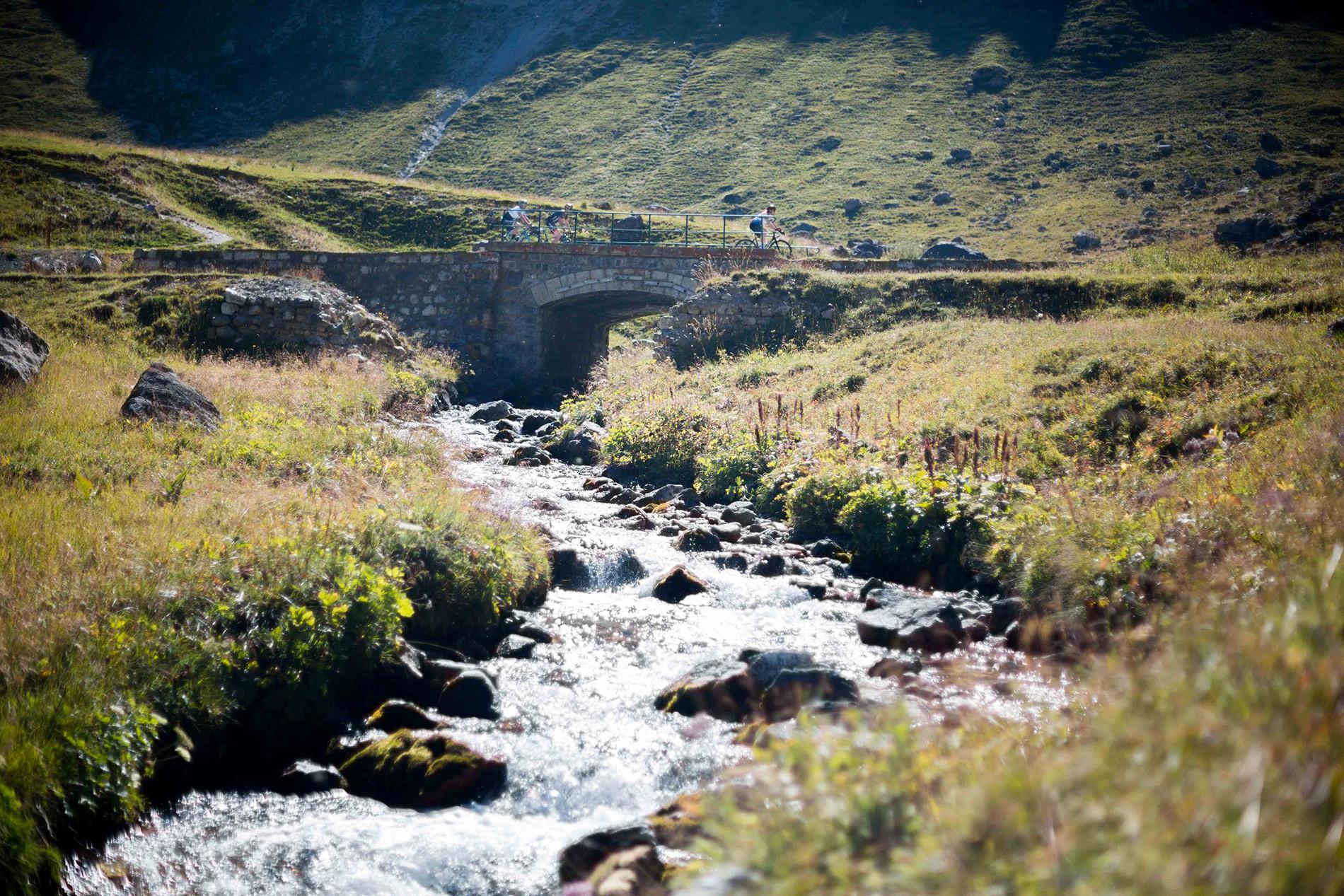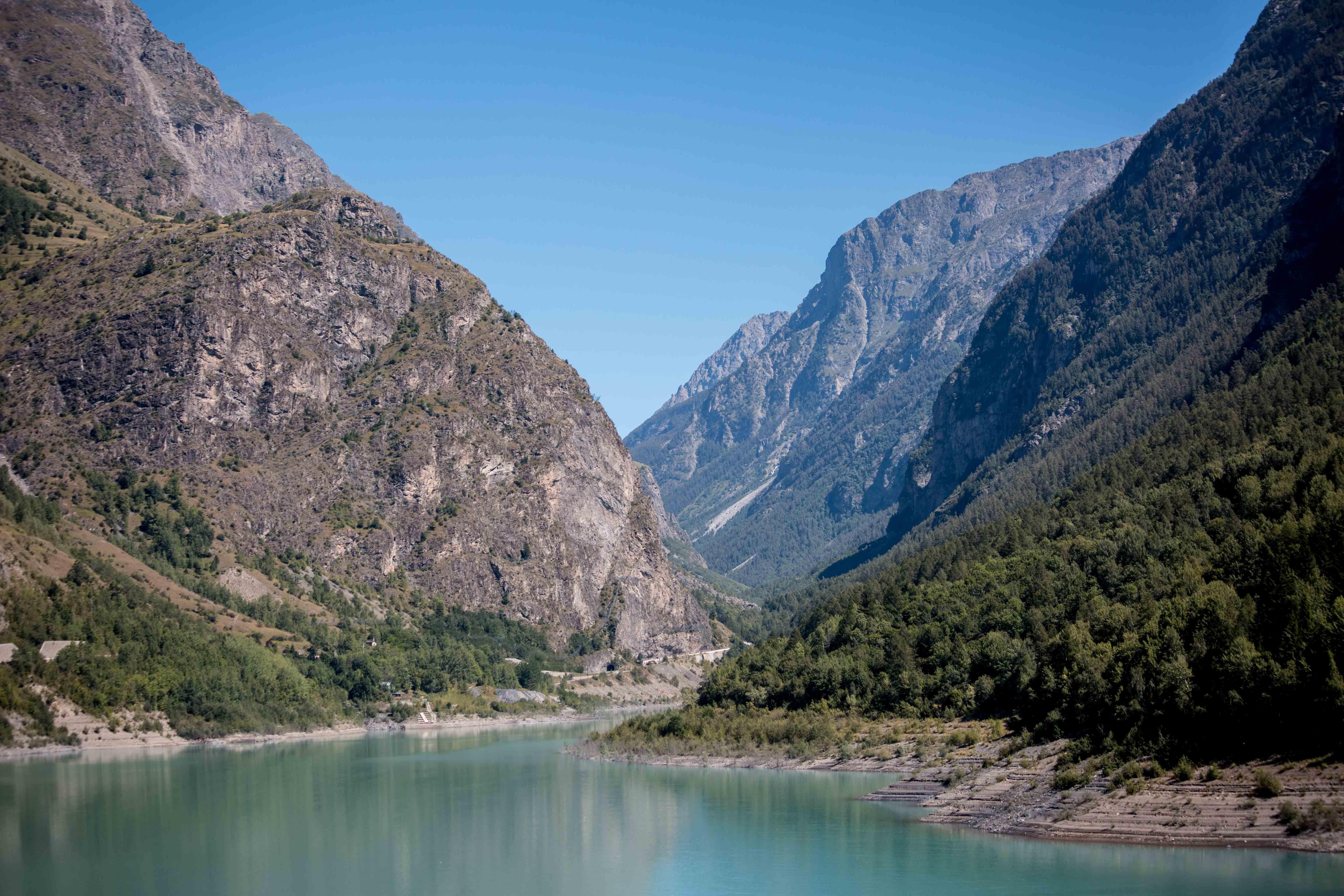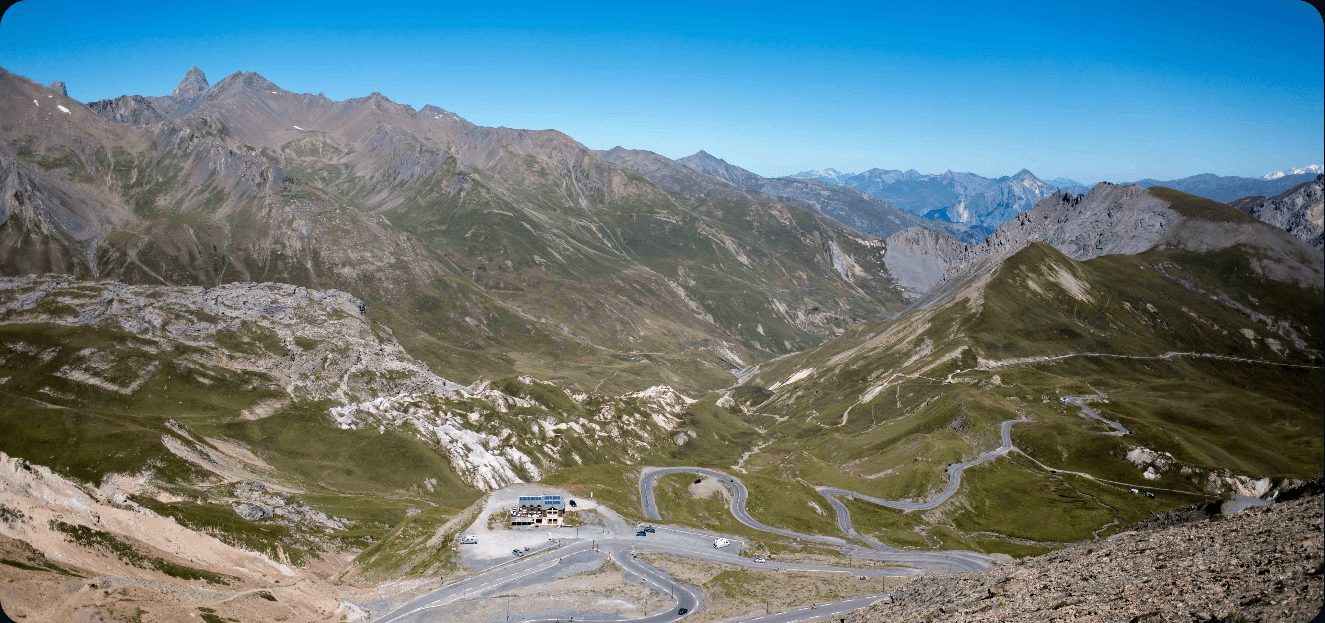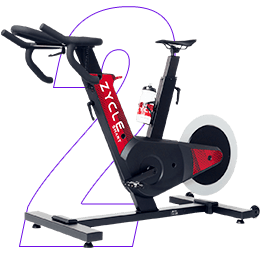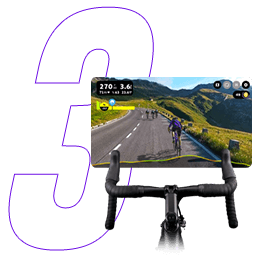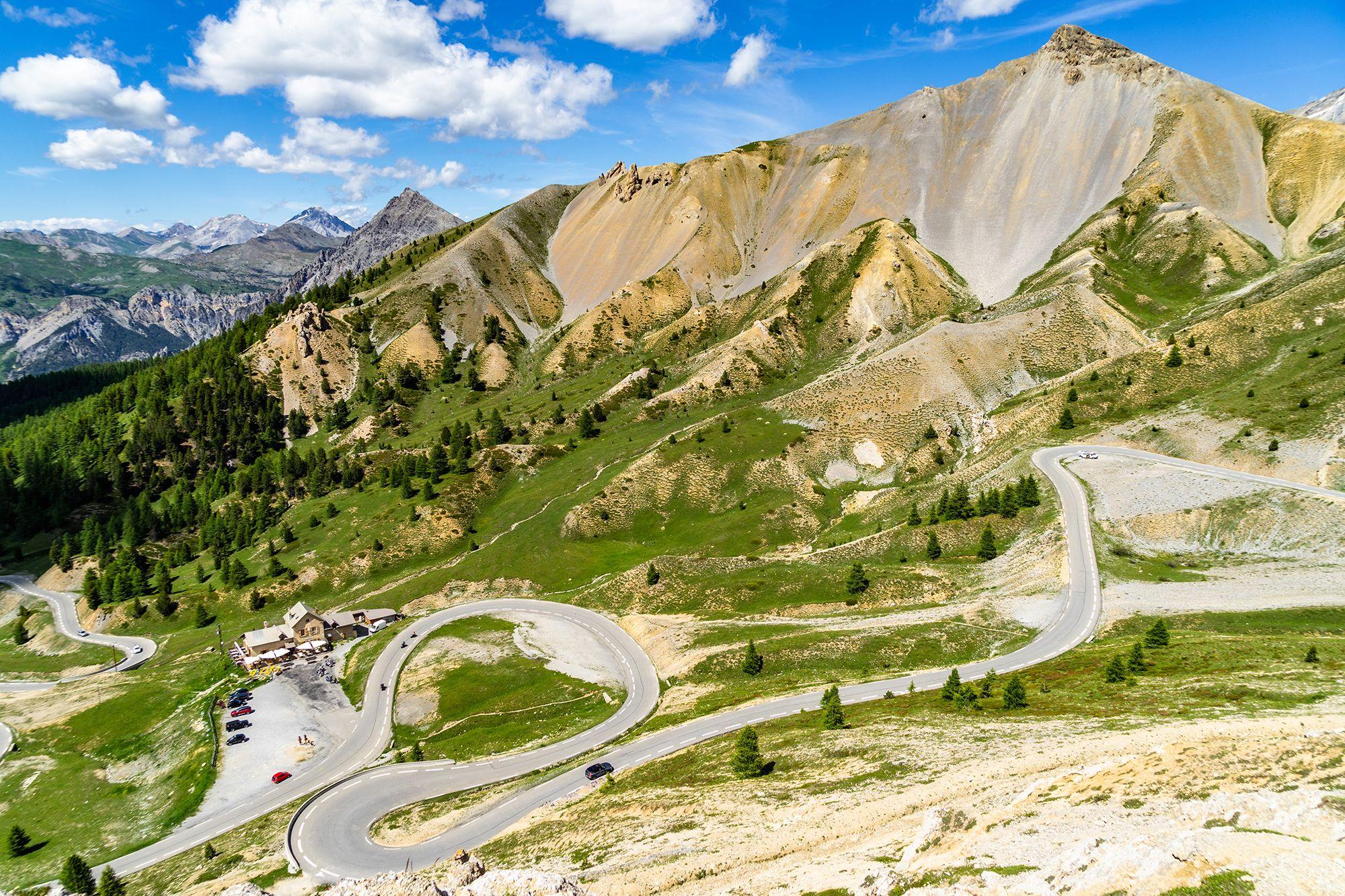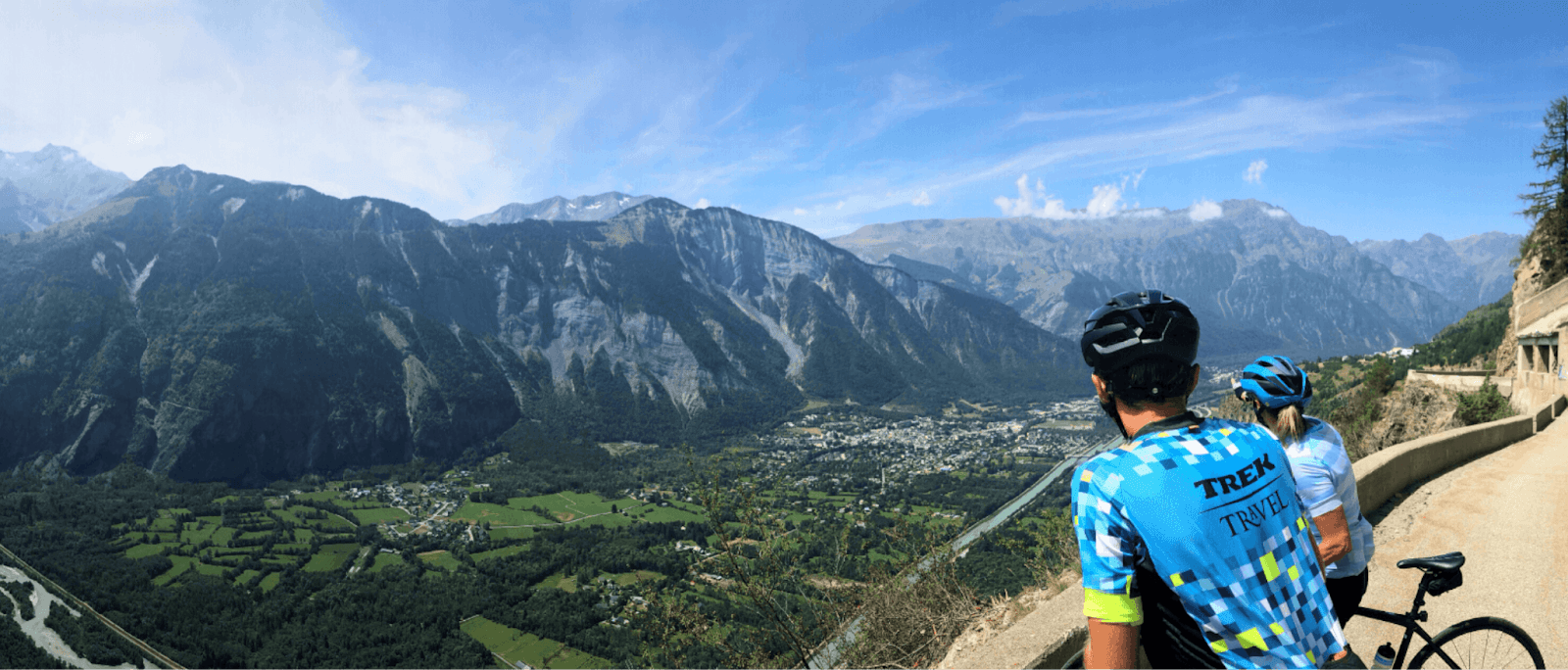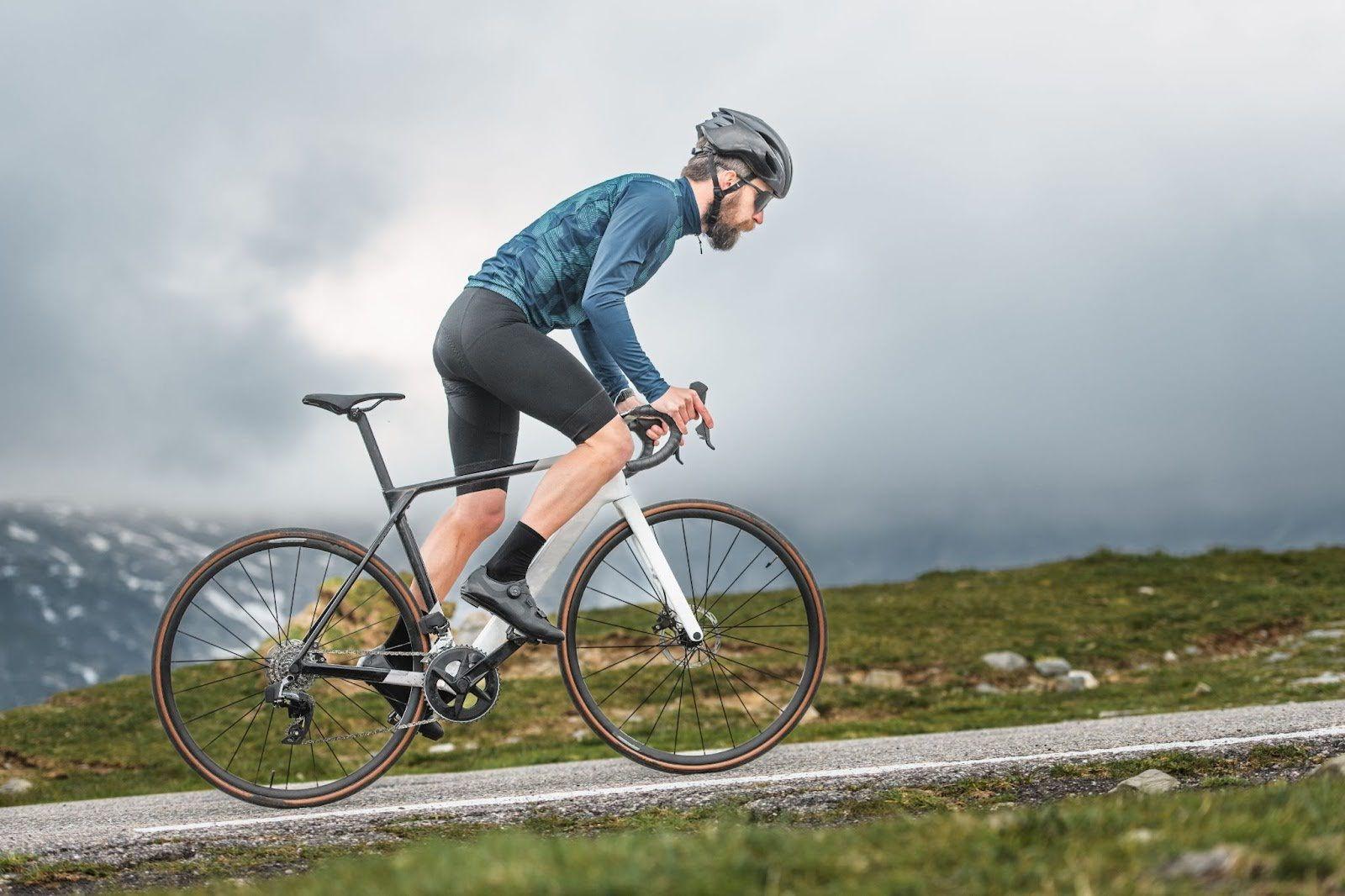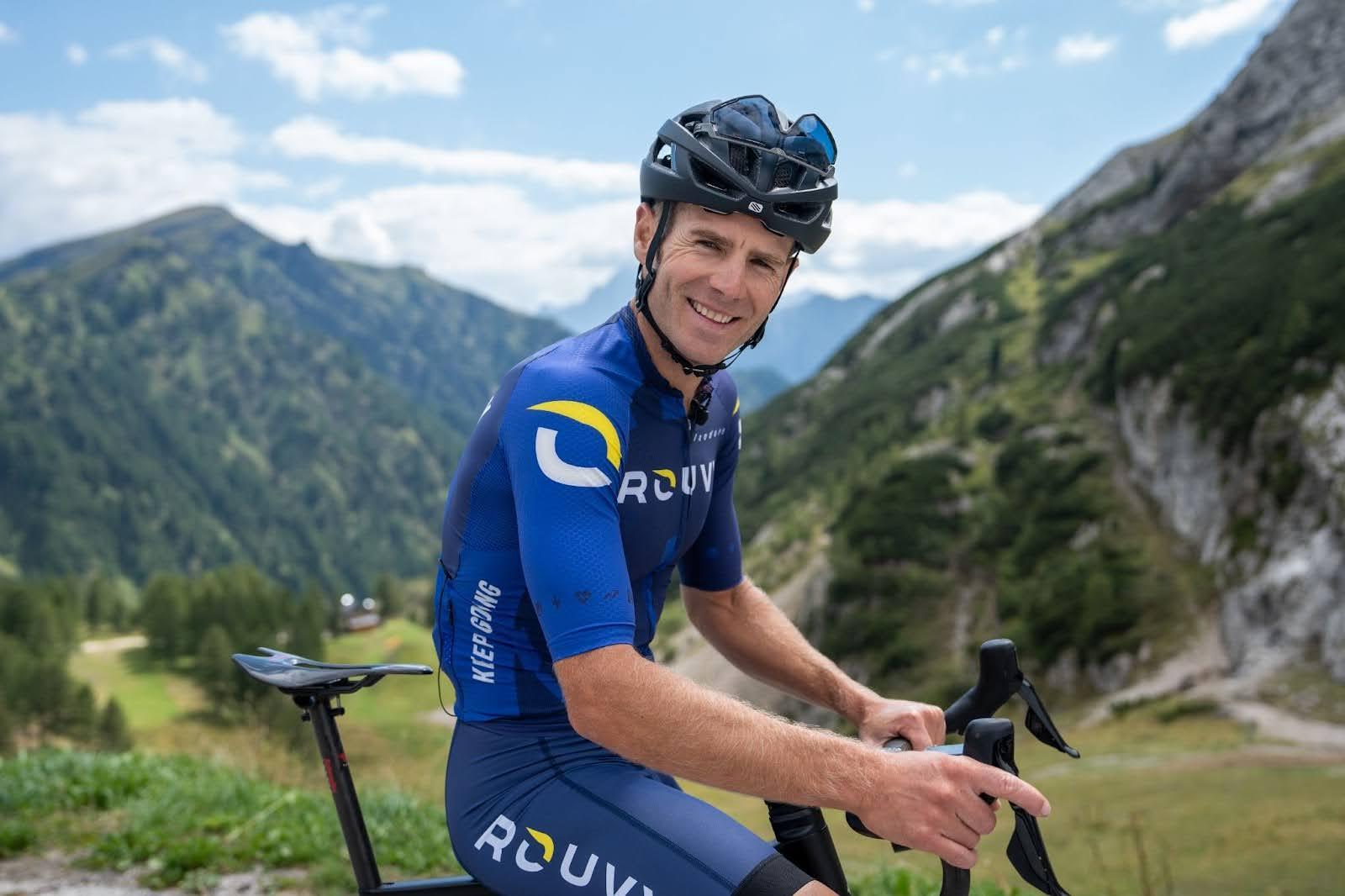Providing inspiration and motivation to many Tour fans
Tour classics such as the Tour de France and La Vuelta can inspire and motivate you to test yourself against cycling's best pro riders. Watching the TV coverage makes one realise how strong and fast these tour riders can climb these brutal ascents! These are tough, but with a good amount of base and hill training and an attitude of mentally embracing the climb, reaching the top can be achieved with success. Pacing the route in an easy climbing gear at one's own comfortable pace and rhythm is the best way to manage it, starting slow and maintaining a steady pace until close to the summit and then give it all you've got to finish strong! Regarding optimal gearing indoors and outdoors for these kinds of profiles, I suggest a compact crank in front and a cassette that goes to at least a 32 Tooth or 34 Tooth on the rear cassette on a road bike. Otherwise, a gravel bike or mountain bike would be adequate.
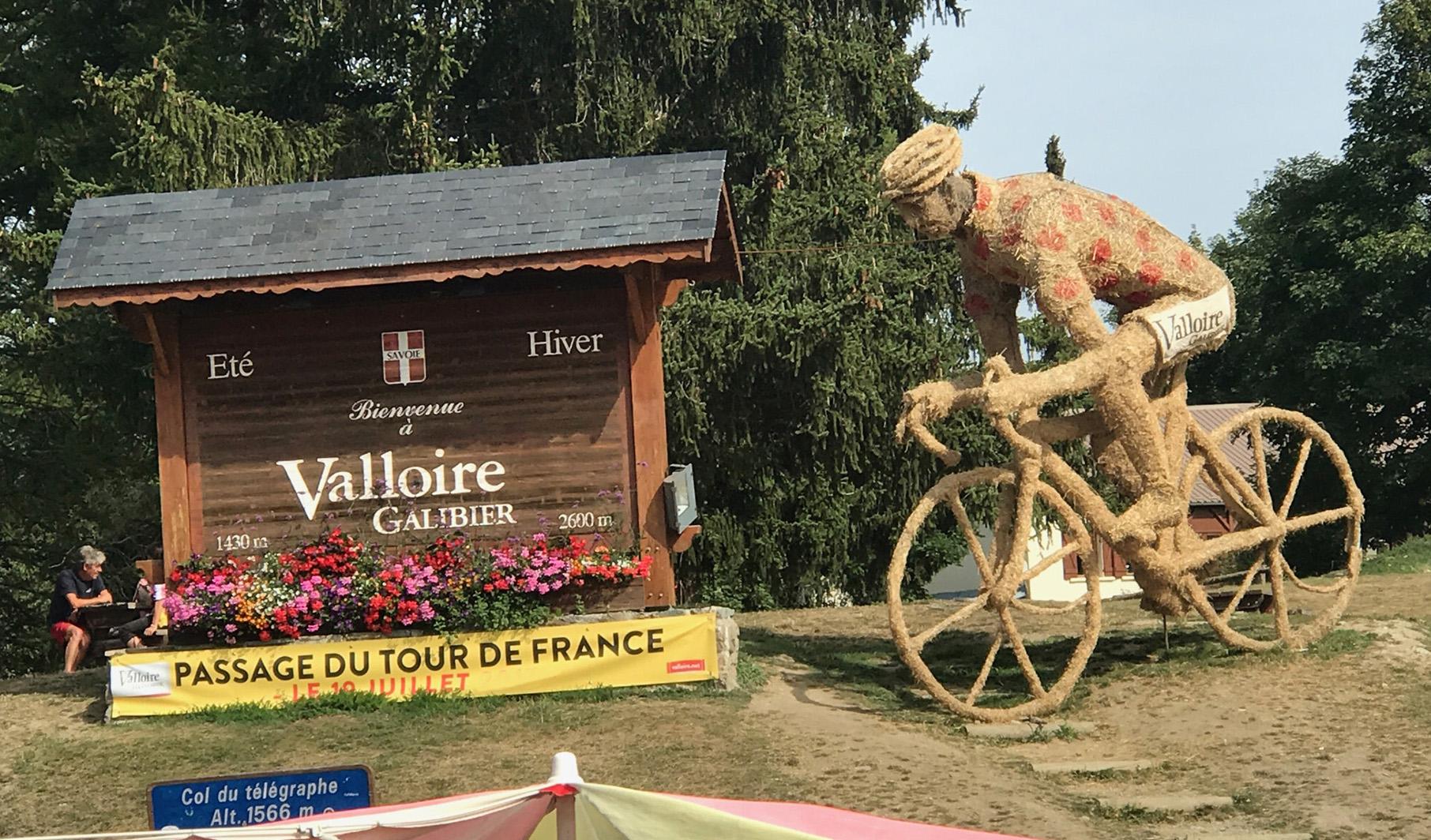
The Col du Télégraphe, starting from Saint-Michel-de-Maurienne, is an excellent warm-up for the Galibier and a taste of what is to come. The Telegraph lies between the Maurienne Valley and Valloire, also known as the Golden Valley. There are 14 hairpin bends snaking up through the alpine forest, and on the way, you'll see milestones at every kilometre with the gradient percentage rising to 1,566 m for 12 km. Even though the gradient is steep, with a constant average of 7%, the climb is steady and rhythmic. There aren't any short downhill or flat sections to disturb your pace, and you can settle into a nice regular rhythm and comfortable cadence. It would be advisable to try and conserve as much energy as possible on Col du Telegraphe because the Galibier further on is a long climb. And this is why it is such an important attraction on so many Tours.
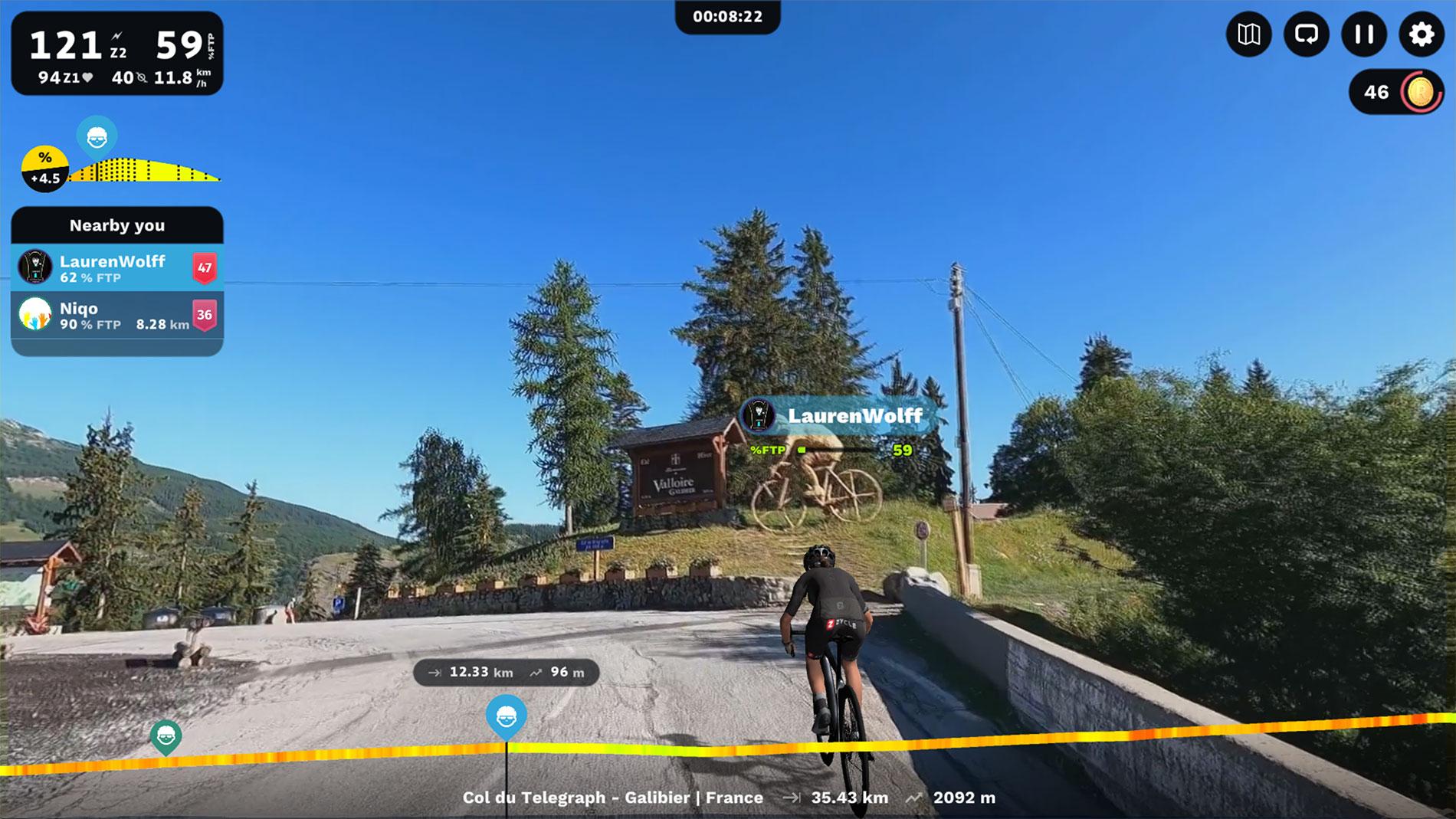 Above: Reaching the top of the Telegraph after 14 switchbacks. Now for the main course!
Above: Reaching the top of the Telegraph after 14 switchbacks. Now for the main course!
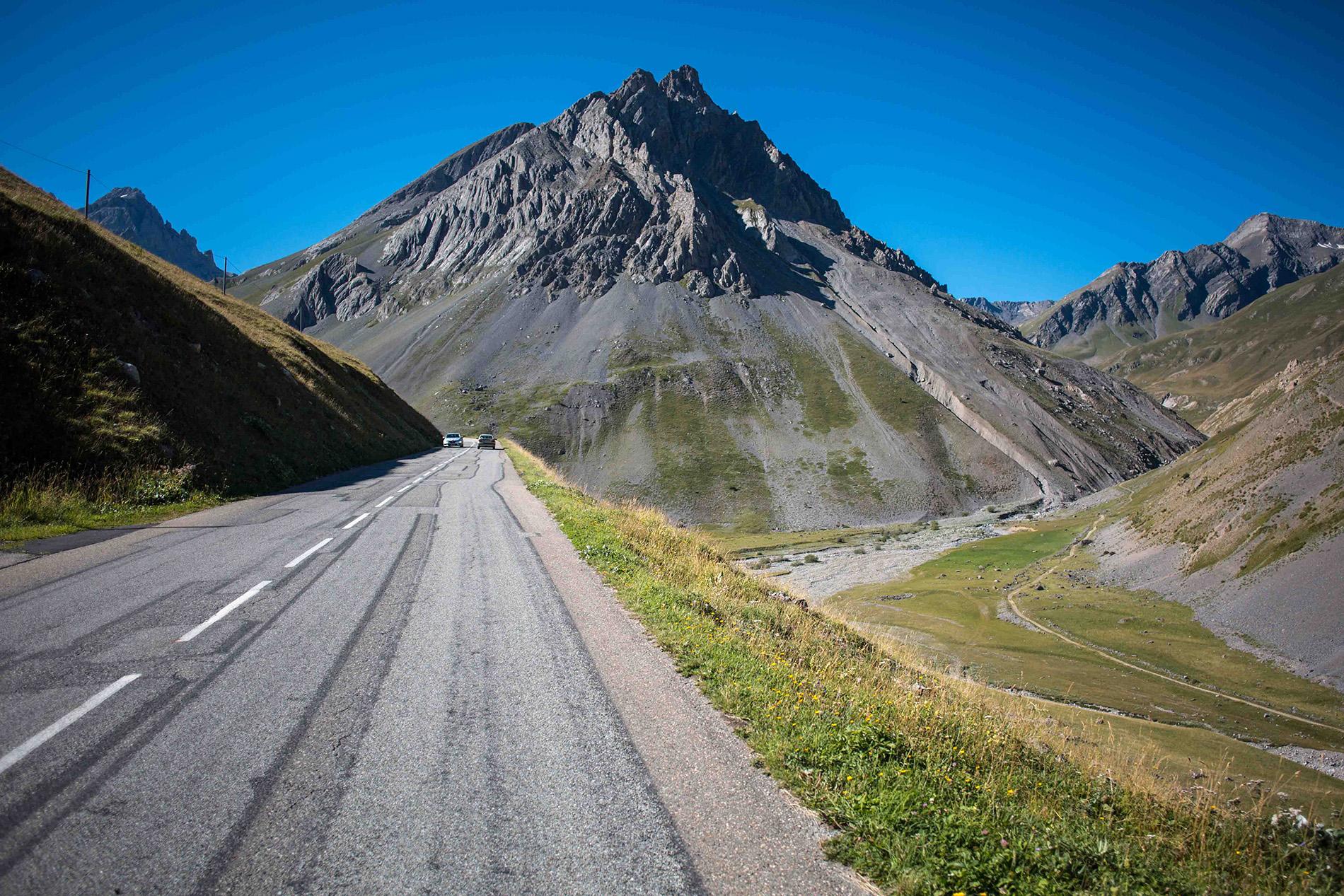 Above: on my way up with the magical glacial mountain scenery with its majestic screed slopes
Above: on my way up with the magical glacial mountain scenery with its majestic screed slopes
History of Galibier in the Tour de France
The year was 1911, and the Tour de France organiser and director, Henri Desgrange, was determined to find an even more demanding route than the Col du Tourmalet successfully added to the Tour in the previous year in the Pyrenees. Desgrange and his organisers were determined to find something even more gruelling, and the Alps were chosen as the next destination to test the riders' metal. And so for 266 km, the riders went over the Aravis, Télégraph, Galibier and Lautaret. Since then, the Galibier has been featured in the Tour about 60 times as it is one of the most prestigious passes on the tour.
As in most cases in the high mountains, the first road to go over the Col du Galibier was little more than a mule track, and in those days, the road was not smooth, the gradients were steeper, and the bikes had no such thing as a derailleur! It was so brutal that only three riders finished without climbing off their bikes and walking to the summit finish. The winner was Emile George, as he was the only rider who didn't walk his bike over the line. Later, in 1891, a tunnel allowed through access and crossed the mountain at 2,556m which became the crossing point in 1911.
You can find a memorial to Henri Desgrange on the climb 150m from the entrance of the summit tunnel. Every year, the Souvenir de Henri Desgrange is awarded to the first rider to summit the highest point of the Tour de France.
A grand centrepiece for clashes between the Titans of the Tour
Famous and more recent battles occurred here between Pantani and Ulrich in 1998 when Pantani attacked in the freezing rain. In 2011 the Tour riders climbed the Galibier twice in celebration of the 100th anniversary of that first ascent back in 1911. Andy Schleck battled Alberto Contador in that famous showdown the year Cadel Evans won the tour. After his winning moment, Andy Schleck said about this climb, "You are so, so high up… it's like you're riding into the sky!"
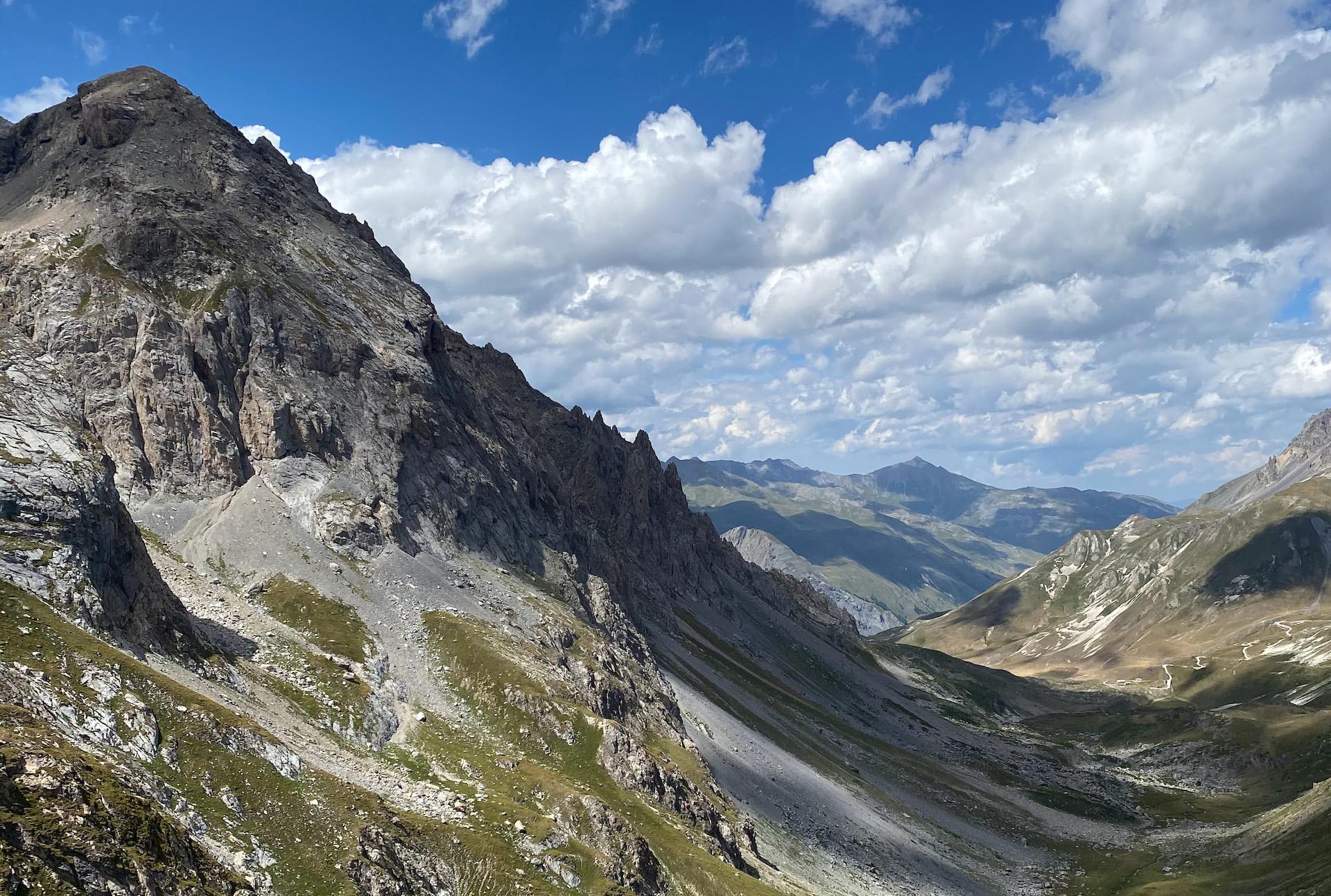
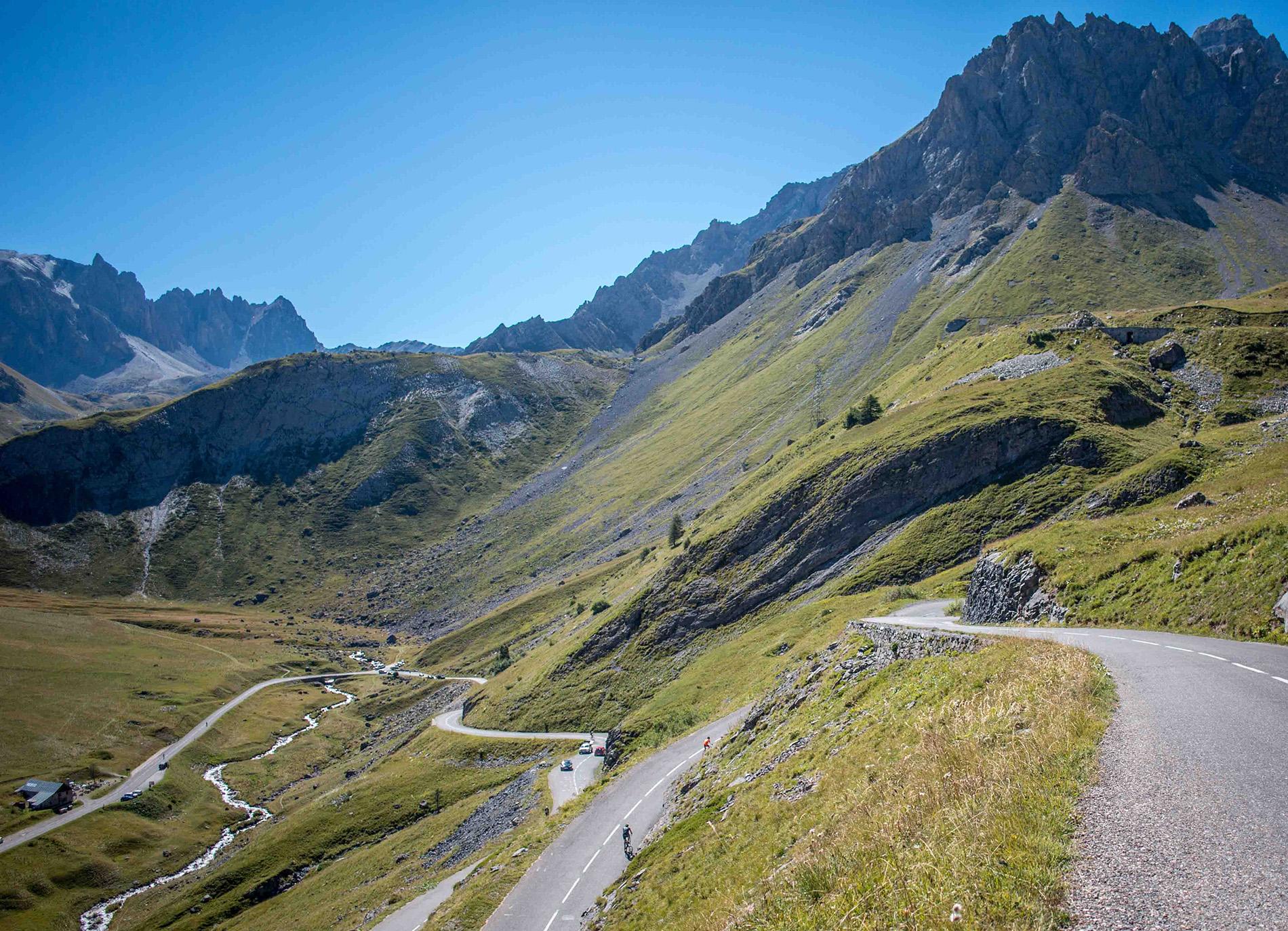
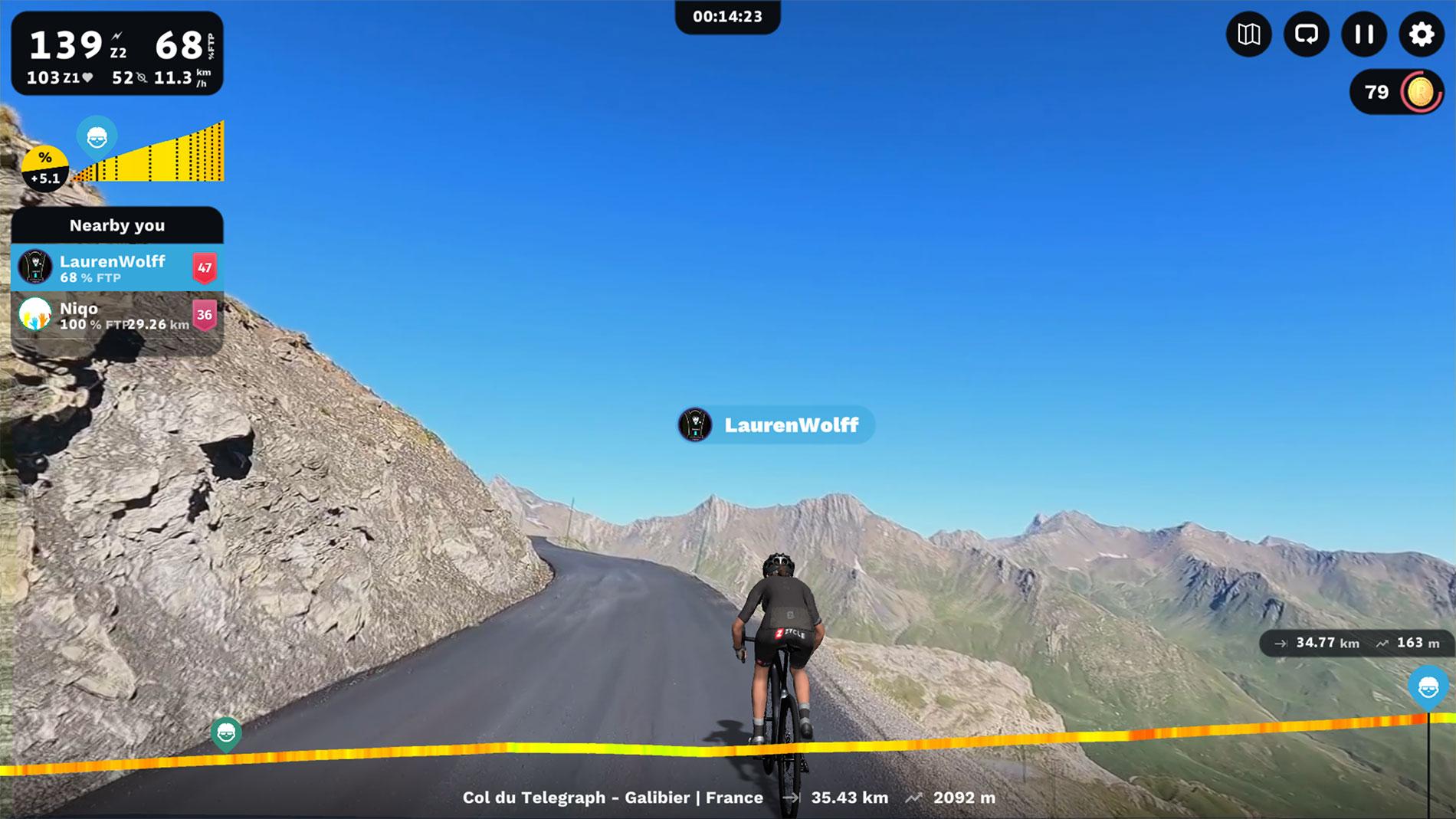 Above: Cresting the summit at 2092m
Above: Cresting the summit at 2092m
One of the highest paved roads in Europe
The Telegraph and Galibier climb is one of the earliest gruelling mountain ascents in Tour de France history, France's 7th most challenging climb and the 8th highest paved road in the Alps. Recently, the Tour de France riders have gone over this highest point of the pass, which stands at 2,642m of elevation. At this elevation, you are well above the treeline, where climbing is demanding and with gradients over 12%, making the climb brutal with a 2,092m ascent.
What is the most challenging aspect of the Col du Télégraphe and Col du Galibier?
The challenge in reaching the famous summit is that you will need to do a lot of ascending before you get to the beginning of the foot of the Galibier climb. Whichever approach you take, you will be climbing for well over 30 km to get to the summit of the Galibier, and together with the elevation, this makes for an extra long and epic climb. Therefore, the Galibier is a favourite amongst cycling fans and Tour organisers. Be warned, the last 2km are the sting in this long but beautiful switchback tail. Still, the panoramic views of the Ecrins range in the Dauphiné Alps on one side and the Mont Blanc on the other provide one with instant satisfaction and fulfilment as you reach the top of this narrow and twisting climb making the pain worthwhile.
The Telegraph-Galibier was one of my best days on a bike and feeling immense satisfaction at the summit.
The KOM is owned by Tadej Pogačar. These are the extraordinary times of the pros in the Tour!
